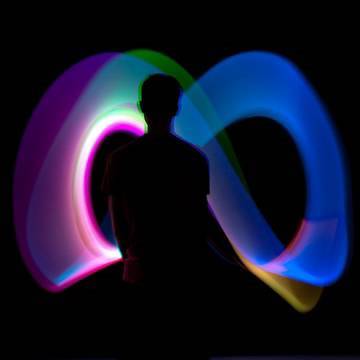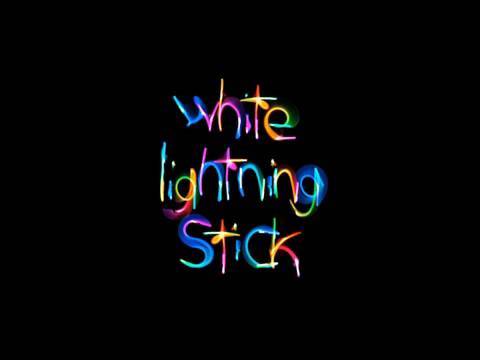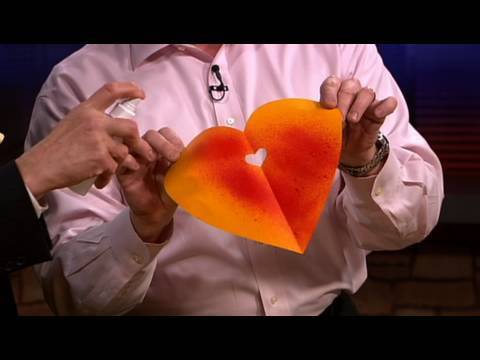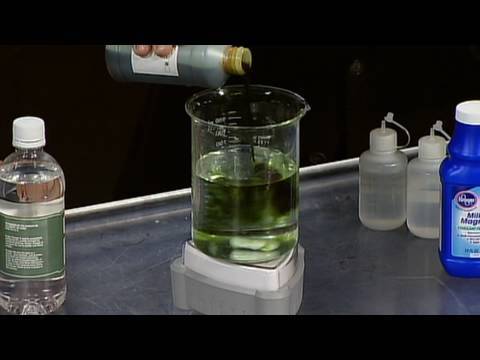Get the Entire Kit Here: http://www.stevespanglerscience.com/magic-color-changing-flowers.html
White flowers are beautiful, and so are pink flowers, but what if you could have flowers that changed from white to pink and back again? That’s exactly what happens with the Magic Color Changing Flowers. The chemistry behind these magnificent flowers will boggle your mind and create stunning visuals that will have you, and your audience, wanting to repeat the process all day.
Science Behind this Experiment Here: http://www.stevespanglerscience.com/lab/experiments/magic-color-changing-flower
Want more experiments like this? Check out http://www.stevespanglerscience.com/product/naked-eggs-and-flying-potatoes
Sick Science™ is a trademark of Steve Spangler, inc.
© 2014 Steve Spangler Science all rights reserved





Leave a Reply